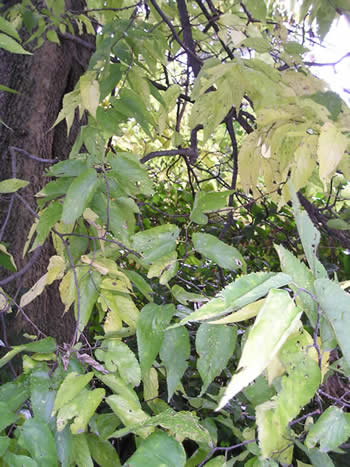hackberry tree leaves turning black
This fall the deck was covered with a sticky saplike substance that turned a bright green umbrella black. It could also be seen on the leaves of nearby plants.

Tree Tour Facilities The University Of Utah
Also hackberry trees provide an abundance of black.

. Sunken dark brown area on branch that is often cracked or has a ridge at the. Lace bugs are sap feeding insects commonly found on the leaves of shade and ornamental trees in. The hackberry is also known for its distinctive bark surface which has a corky texture with warts at the base and is often described as stucco-like.
Yellow discolorations on upper leaf surface above the nipple galls. Flat white sheets of fungal mycelia mycelia fans grow between the bark and sapwood. Hackberry lace bugs are 18 to 316 inches long sap-feeding insects with clear ornate lacy wings.
Both stages live on the lower surface of. The leaves are turning brown and are falling down a lot in the last weekThe leaves have the whitish wart-like bumps. Premature leaf drop can occur during heavy.
While the galls cause no permanent damage they cause trees to begin shedding their leaves in late summer or early fall. The aphids infest the lower sides of leaves in large numbers creating small globs of fuzzy mass. A very common pest of the Hackberry is the Hackberry Leaf Gall Psyllid.
The browning of the hackberry Celtis occidentalis leaves is probably due to lace bugs. Circular nipple-like swellings that project from the undersides. The leaf edges on the Sugarberry are smooth while the common hackberry leaves are sharply serrated.
Nymphs are spiny and wingless. The bark on the common hackberry tends to get very rough as the tree. The hackberry is one.
Spray the plant with horticultural oil 05-gallon water 1 teaspoon dish soap 2 tablespoons horticultural oil. Hackberry tree may be referred to as Celtis occidentalis in this article in fact those are the same plants Celtis occidentalis is the botanical name for Hackberry tree. The browning of the hackberry Celtis occidentalis leaves is probably due to lace bugs.
My Hackberry tree appears to have 2 diseases going on. You likely have a population of. When the eggs hatch the insects.
Wash off the sticky. The insects feed on the sap from the leaves and secrete sticky honeydew that in. Hackberry branches with leaves growing in Auroma Park Illinois 51610 Celtis occidentalis.
Raised cushion-like bumps on affected branches may be cream to orange or red turn. Conks are reddish brown and shiny on top white and porous underneath. Fungal conks a semicircle shelf fungi can be found from the base of the tree up to 3 feet high on the trunk.
Infected trees have poor growth dead branches in the upper canopy undersized andor yellow leaves. You can see the eggs of the psyllids in your picture. Wash the aphids off with water.
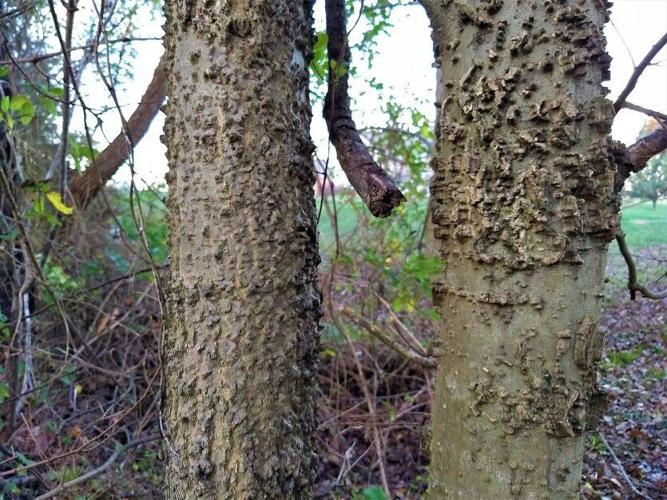
How To Id Winter Trees Environment Fredericknewspost Com
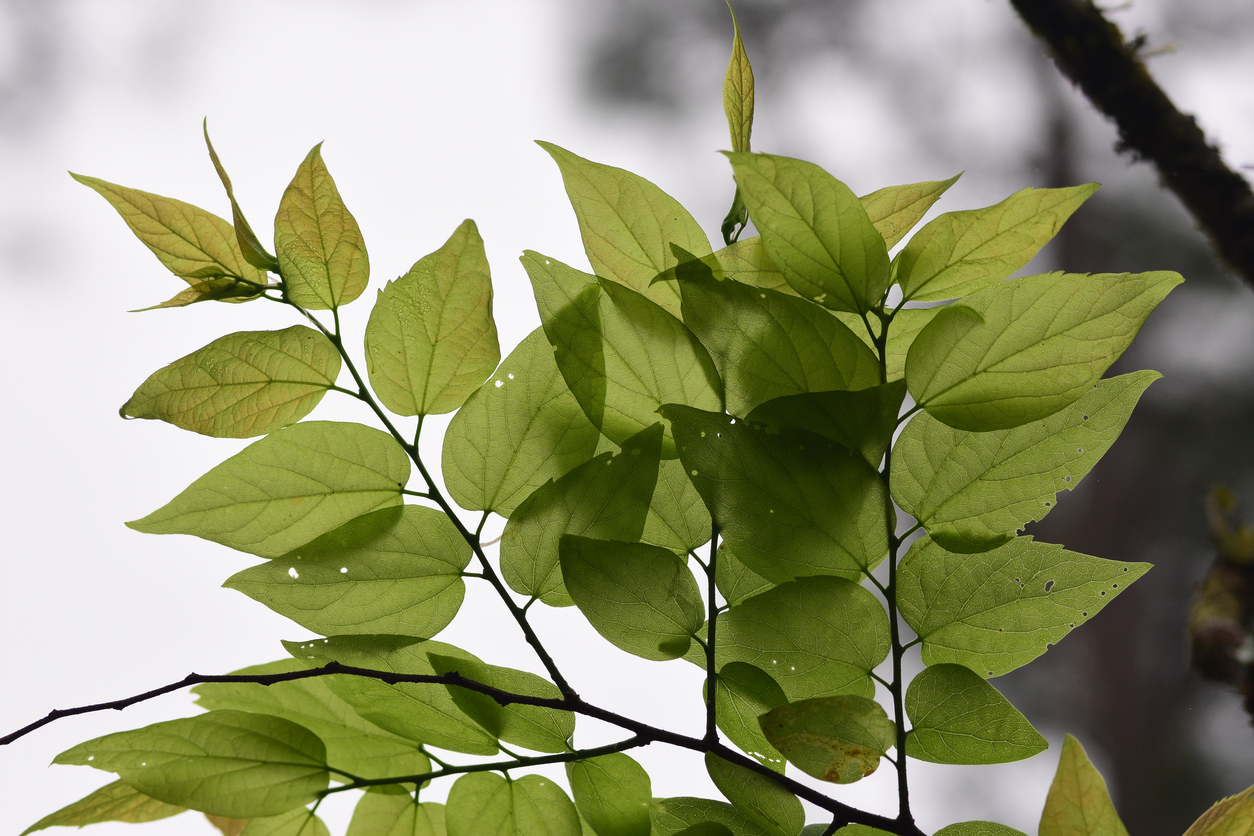
12 Fast Growing Shade Trees For 2022 Arbor Day Blog

Celtis Hackberry Pollen Allergy A Quick Guide W Photos Allerma

Wooly Aphids On Hackberry Trees Gill Garden Center Landscape Co

Amazon Com Hackberry Celtis Occidentalis 30 Tree Seeds Fast Edible Hardy Fall Color Patio Lawn Garden
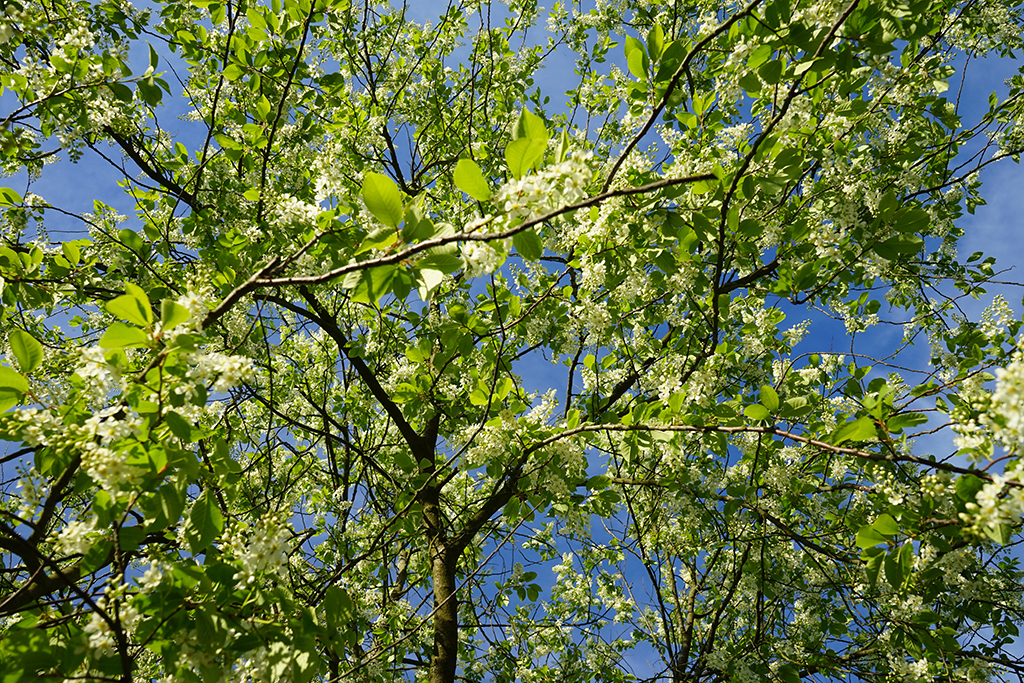
A Guide To Growing The Hackberry Tree And Tree Trimming Service Dallas Fort Worth Area
Hackberry Defoliator In North Dallas Area Insects In The City
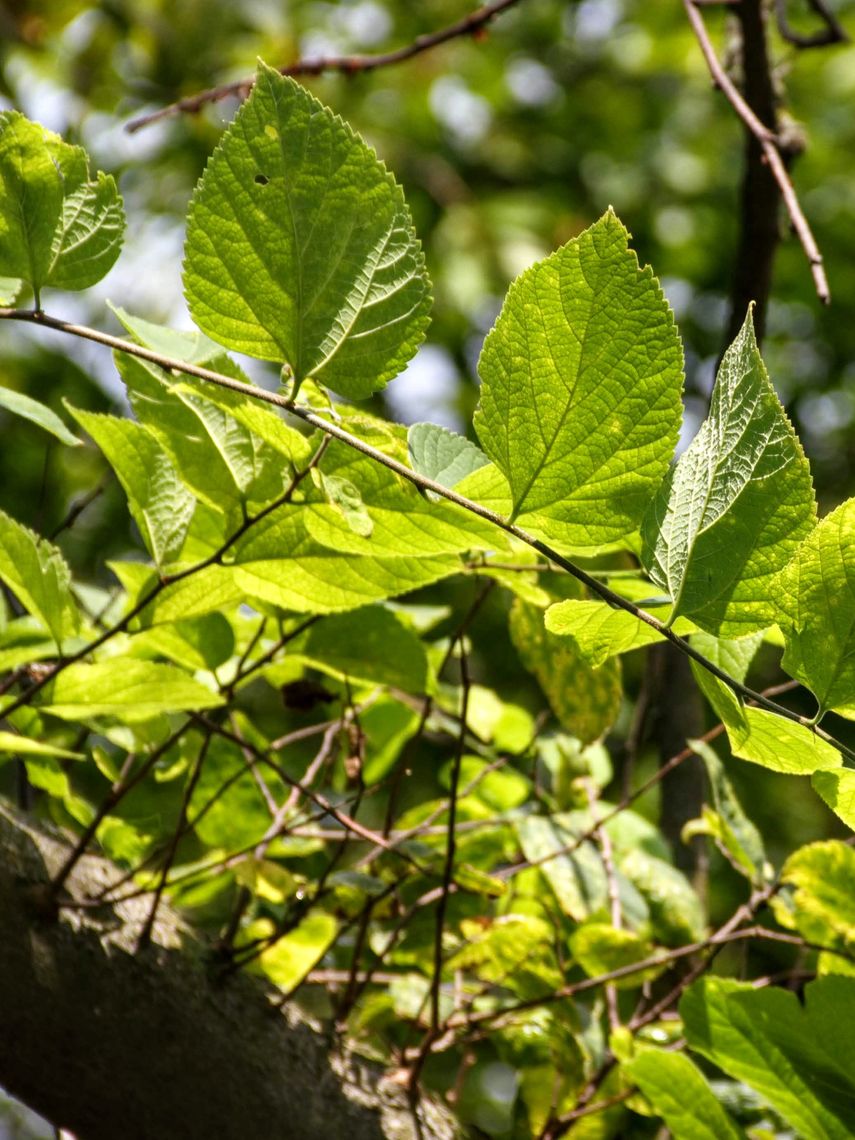
Franklin Marshall Hackberry Celtis Occidentalis
/30615779208_47487bbdb3_k-2dce7212ee1b4c2e93796625a972fba4.jpg)
Pictures And Description Of Hackberry Trees
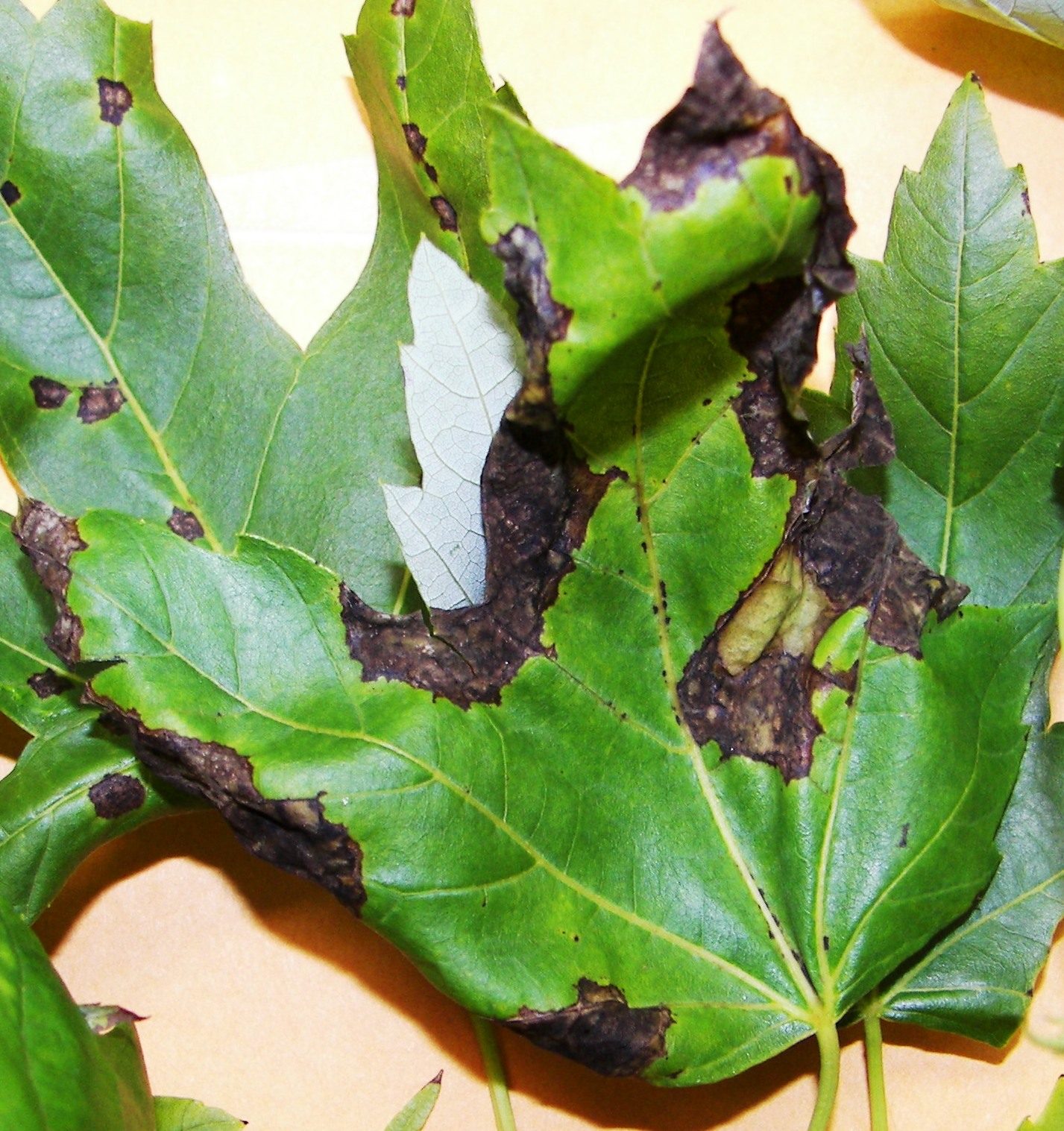
Anthracnose And Other Common Leaf Diseases Of Deciduous Shade Trees Oklahoma State University

Hackberry Tree For Sale Naturehills Com
Common Insect Pests Of Hackberry

Foraging And Cooking With Hackberries Celtis Occidentalis

How To Grow Hackberry Trees Gardening Channel

Hackberry Trees Of Manitoba Inaturalist
Northern Hackberry Sooner Plant Farm
